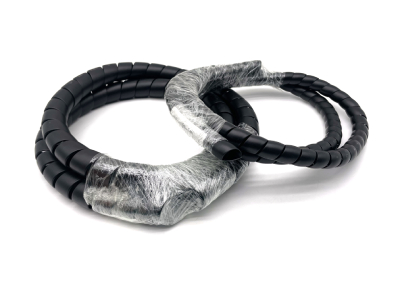Difference Between 134A and R134A - Comprehensive Guide
Understanding the Differences Between 134a and R134a A Closer Look
When discussing refrigerants used in air conditioning and refrigeration systems, one often encounters the terms 134a and R134a. While they may seem similar, understanding their differences is crucial for technicians, engineers, and consumers alike.
To start with, R134a is the full name of the refrigerant, which stands for Refrigerant 134a. It is part of the hydrofluorocarbon (HFC) family and is widely used as a replacement for the older refrigerant R12, a chlorofluorocarbon (CFC) that was phased out due to its ozone-depleting properties. The R in R134a signifies that it is a refrigerant, while 134a designates its specific chemical compound 1,1,1,2-tetrafluoroethane. In practice, the abbreviation 134a is often used casually as a shorthand reference to R134a.
While technically there’s no difference between 134a and R134a, the distinction lies in their usage and context. For instance, when referring to systems or parts, technicians may refer to 134a as a more convenient shorthand. It is important to note that both terms point to the same chemical compound and therefore exhibit the same properties and performance capabilities.
R134a is known for its low ozone depletion potential and relatively lower global warming potential compared to older refrigerants. Its main applications include automotive air conditioning systems, domestic refrigerators, and commercial refrigeration. R134a operates efficiently within a wide range of temperatures, making it a favored choice in many cooling applications.
what is the difference between 134a and r134a

In terms of performance, R134a has a number of significant advantages. It is non-flammable under normal atmospheric conditions and does not produce harmful degradation products when exposed to heat or flames, making it safer than some of its predecessors. Additionally, R134a has good thermodynamic properties, enabling systems using this refrigerant to operate efficiently and effectively.
However, the environmental impact of R134a is still a concern, particularly regarding its global warming potential (GWP). Although it has a lower GWP than R12, it is still a greenhouse gas. As the world moves towards stricter regulations on refrigerants due to climate change concerns, alternatives such as R1234yf and natural refrigerants are gradually being introduced. These alternatives are designed to provide similar performance levels while boasting even lower environmental impacts.
When choosing between R134a and its alternatives, it is essential to consider the specific requirements of the application, including efficiency, safety, cost, and environmental considerations. Proper handling and disposal of R134a are also important aspects to avoid leaks and reduce its environmental footprint.
In conclusion, while 134a and R134a refer to the same refrigerant, understanding their usage context is vital. R134a has made significant strides in the refrigeration and air conditioning fields, balancing performance with a lower environmental impact. However, as new technologies and refrigerants continue to emerge, the industry must adapt to maintain efficiency while safeguarding our planet’s future. Whether for automotive use or refrigeration, comprehending the intricacies of refrigerants such as R134a is necessary for informed decisions in both professional and consumer markets.
-
Ultimate Spiral Protection for Hoses & CablesNewsJun.26,2025
-
The Ultimate Quick-Connect Solutions for Every NeedNewsJun.26,2025
-
SAE J1401 Brake Hose: Reliable Choice for Safe BrakingNewsJun.26,2025
-
Reliable J2064 A/C Hoses for Real-World Cooling NeedsNewsJun.26,2025
-
Heavy-Duty Sewer Jetting Hoses Built to LastNewsJun.26,2025
-
Fix Power Steering Tube Leaks Fast – Durable & Affordable SolutionNewsJun.26,2025

